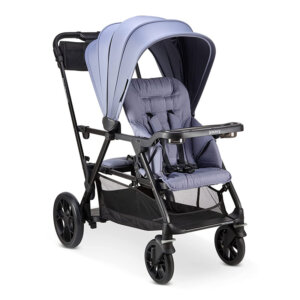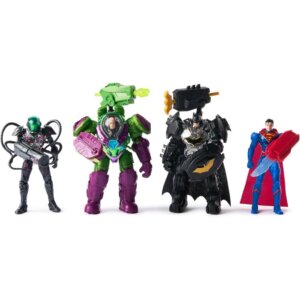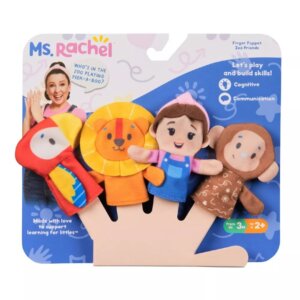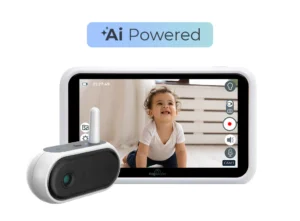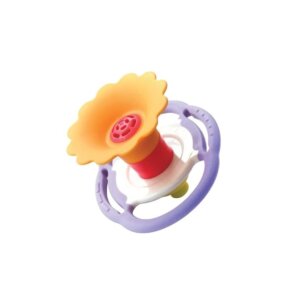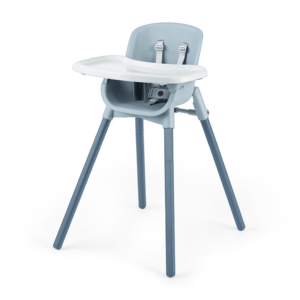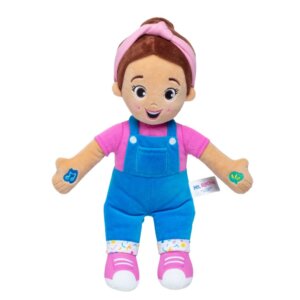Caboose RS Premium Sit and Stand Stroller Review
Share!
Editor's Review
The front seat is large, has a 5-point harness, is well-padded, and reclines in 3 different positions.
It comes with a removable swing open tray, excellent for snacks, drinks, and toys.
While one child uses the front seat, the other kid can either sit on the rear bench or stand on the integrated stand-on platform. The rear bench has a safety buckle and slides to different positions. To accommodate two kids sitting at the same time, you may need to adjust the recline position on the front seat to give more space on the rear bench. The child on the back should have both feet on the platform and hold the stroller frame when in movement. If the child prefers, they can also stand on the platform, holding the frame or optional handles, sold separately.
The rear bench can be removed to provide better access to the storage compartment and more space for the standing child. The underneath storage basket is large and holds up to 25 lbs. It has great size, enough to fit parents’ and children’s belongings.
The extra-large canopy is adjustable, extendable and has UPF50+ sun protection.
Price Check
Should I get it?
The stroller is versatile and allows the kid to choose how to stroll, either sitting or standing.
The stroller comes with a parent organizer with multiple compartments and is perfect to have handy the kids’ essential and personal items such as sunglasses, keys, and phone.

